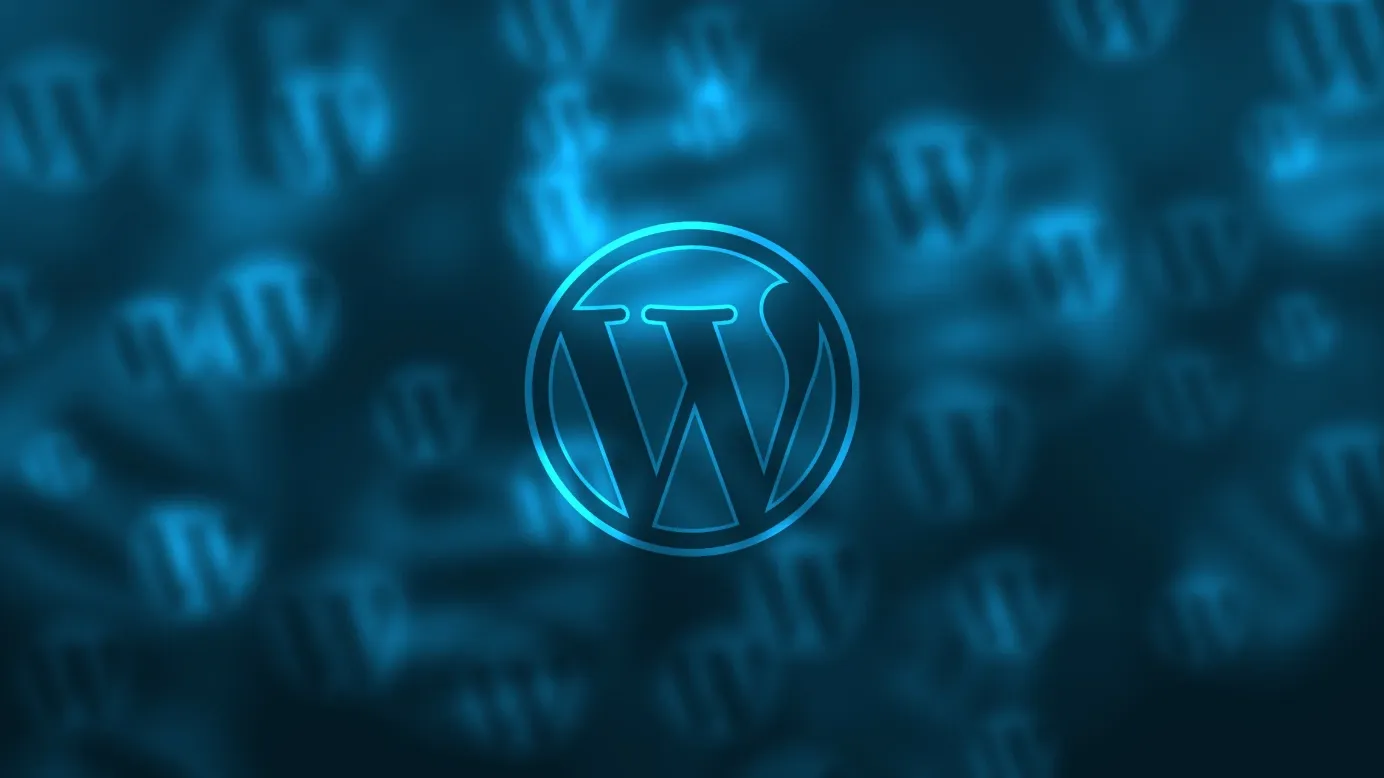On this page
WordPress is the most popular and reputed platform used to create websites. The fact that its usage has increased by an average of 12% every year since 2011, stands testimony to its popularity.
Building a WordPress website, a widely-used content management system, offers a user-friendly platform for creating professional websites. WordPress does not require any coding knowledge to create websites.
In this blog, we will provide a concise guide on how to build a WordPress website, covering the key steps, tools, and tips needed to get started.
Let’s get started.
7-step guide to building a WordPress site
We have listed seven easiest ways to build a wordpress website:
1. Choose a domain name
Your audience will identify you by your domain name. You can choose any name you wish but make sure that it is available and not taken by anyone else. Certain things you should follow while choosing your domain name are:
- Let your domain name be unique.
- Keep it short and simple.
- Avoid any resemblance with existing names.
- Let it be easy to type.
- Avoid dashes and numbers.
- Include words related to your business as a part of the name.
- Avoid trademarked names.
And, if you want some inspiration to create a unique name, you have some free tools like the Domain Wheel, available online.
2. Select a web hosting provider
To register your chosen domain name, you need a web hosting service provider. There are many companies that offer web hosting services for a fee. These service providers have many pricing plans that you could choose based on your requirements. Many also offer a free domain name.
The web hosting service you choose should be secure, reliable, and user-friendly. You can compare and select from the various options available online, as most of them have a transparent pricing structure.
3. Choose and install a WordPress theme
How about a fresh and captivating appeal to your WordPress site? Well, you have WordPress themes that let you decide the appearance of your site. There are several thousands of themes to choose from the platform’s directory. Many third-party sites also offer free and premium templates.
Select a theme most appropriate to your niche, as this can easily bring forward your brand identity. Sift through various sites for picking the best theme for your site.
Installation of the theme is the next step after selecting one. If your theme is from the WordPress directory, you can follow this: Click on Appearance—Themes—Add new—Install. Once installed, the theme has to be activated.
A premium theme from a third-party site can be installed after downloading the same to your system. The process of installation is the same as mentioned above.
4. Install relevant plugins
Plugins help improve the performance of your site. While most themes are available with built-in plugins, you have so many other options to choose from too. For those new to website creation, AI website builders can be a user-friendly alternative offering drag-and-drop functionality and design assistance.You can also consider installing AI WordPress tools to add artificial intelligence capabilities to your website.
Though plugins help your site, too many can slow down the speed of your site. Here’s a quick guide to install plugins on your WordPress site:
- Select ‘plugins’ from your WordPress dashboard.
- Select ‘add new’.
- Type the name of the plugin you need.
- Click on ‘install now’ and then ‘activate’.
5. Configure site settings
This step is important before you start to customize your web pages. Setting up your permalink structure is crucial, as this is how your website link appears. Permalink is the URL or the permanent address for your site. Permalink also plays a great role in improving your SEO ranking.
A small guide to configuring the most commonly used settings:
- Logo: Appearance—customize—site identity—change logo—upload your logo
- Permalink: Settings—permalinks—custom structure—save changes
- Site title: appearance—customize—site identity—input site title
- Home page: appearance—customize—homepage settings
6. Set up the important pages
The content of your page has a major share in making your site popular. Now, with the configuration step complete, your webpage is ready. You can add all relevant pages with high-quality content.
For example, a typical WordPress site may have pages such as, Home page, About us, Services, Pricing, Contact us, News, Resources, etc.
Here are the steps for creating pages:
- Go to ‘pages’ on your WordPress dashboard.
- Click on ‘add new’ to create a new page.
- Click on ‘edit’ to customize an existing page.
- Select the ‘edit with page builder option to install a plugin.
- Customize the pages.
- Click ‘publish’ when done
7. Set up the menu
After page set-up comes the configuration of the menu. Menu is typically found at the top and bottom of your site. The menu helps your audience navigate the various pages you created in the previous step. You can configure your menu from the ‘appearance’ tab on your dashboard.
You can add the pages under each heading to your menu. To choose the display location for your menu, visit ‘menu settings’ and choose ‘display location’. For example, if you choose ‘primary’ under ‘display location’, you can find the menu display in the header of your WordPress site.
Conclusion
As you can see, it is very easy to create a WordPress site in seven simple steps. Begin your journey in creating captivating pages now, to provide an excellent experience to your audience. Also, don’t miss out to marketing your site for achieving a better reach.


